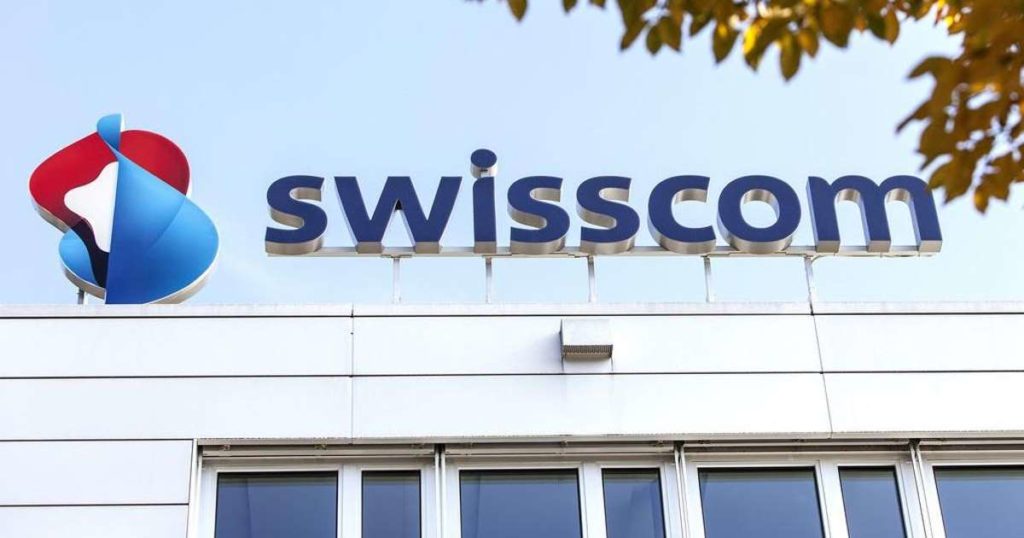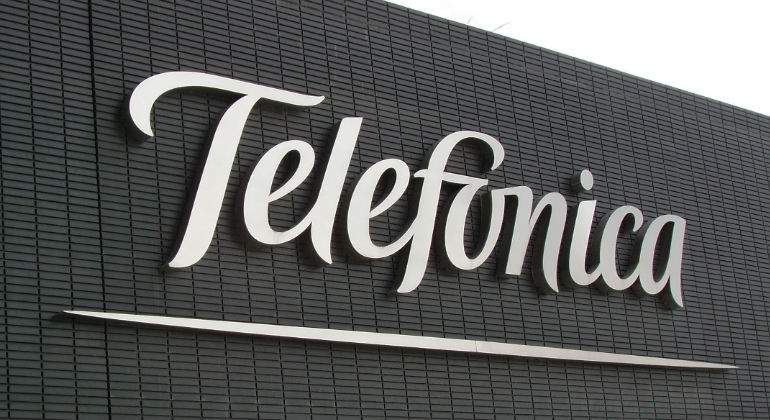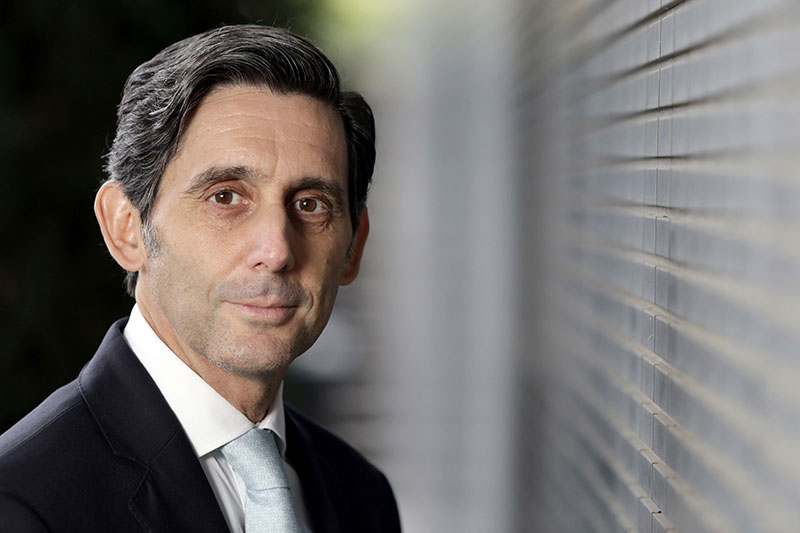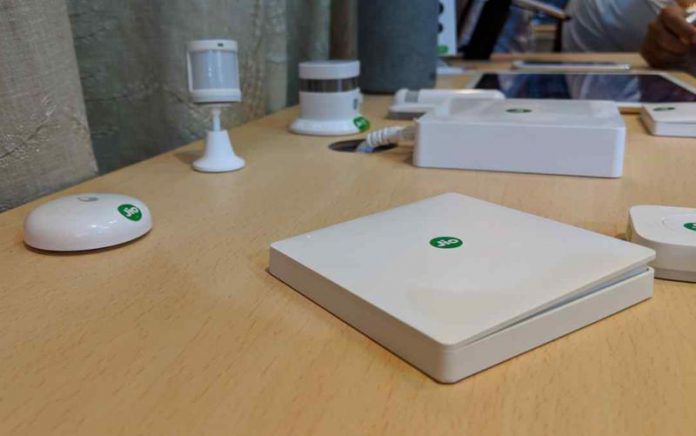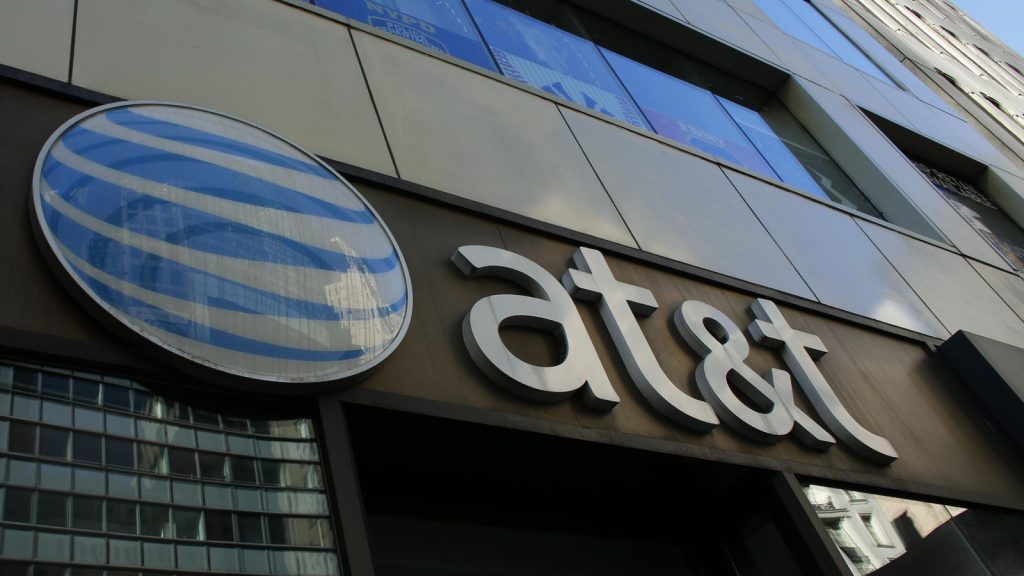Ciena – The Pioneers of Optical Connectivity.
Ciena is an American telecommunications networking company that has ruled the telecom industry. The company is one of the largest equipment and software services providers and has its headquarter located in Hanover, Maryland, United States. The company is around 30 years old and has been leading the game of networking ever since.
According to the 2019 records of the company, Ciena made $3.57 billion in revenues that year and around 7000 people are working for it, including 2700+ R&D specialists. Ciena has a strong client base, AT&T, Verizon Communications, Korea Telecom, and Sprint Corporation being some of them. The company operates in 35 countries having 60 offices globally.
The Founding Story of Ciena
Ciena started its journey as HydraLite in 1992. David R. Huber founded the company with a plan of applying fiber-optic technology to cable television. The company received its initial funding of $40 million from Sevin Rosen Funds, Charles River Ventures, Japan Associated Finance Co., and other local investors. Huber changed the name of the company to Ciena and established an office in Dallas in February 1994. Ciena launched its very first products in 1996, Sprint Corporation being the first client of the company.
After selling its first products, the company made an annual revenue of $195 million. By the year 1997, the company started to make new clients and established its headquarter in Maryland. The same year, in February, it went public on NASDAQ and valued at $3.4 billion, the largest for a startup at that time.
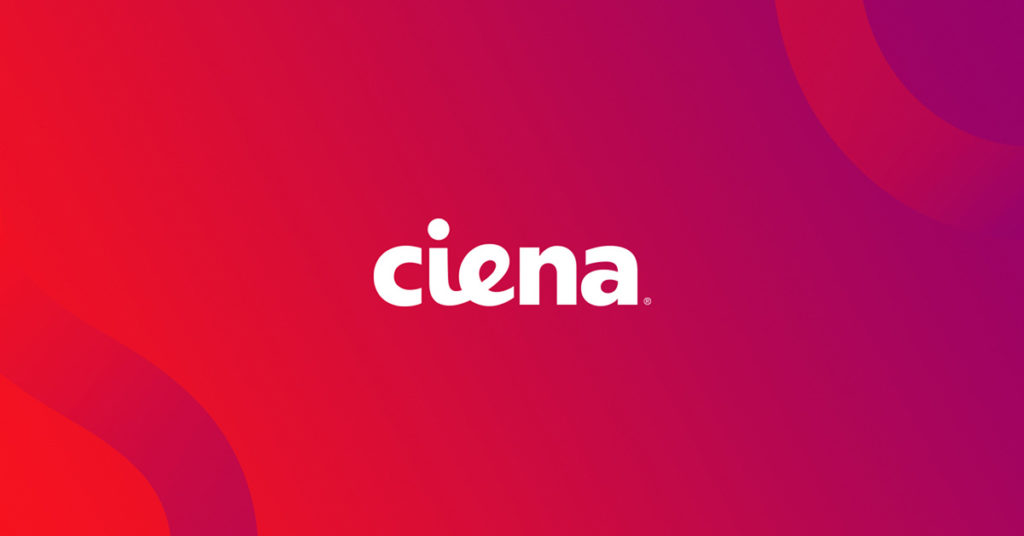
In the year 2001, Ciena was the second-largest manufacturer of fiber optic networking equipment in the US. But since due to the telecom crash, the technology shift took place, and the companies suffered huge pressure of serving the growing demand, Ciena too had to face some losses. Ciena leaders knew that with time they had to bring change to the company technology, so they changed the business strategy for the company. The company started to invest in other companies with diverse services. It acquired around five network companies between 2001 and 2005.
Ciena, by this time, had also started to strengthen its R&D department and built the first converged packet-optical platform that reduced the requirement of the amount of equipment to set up a network. In 2009, Ciena made $39 million in profits after making sales worth $902 million. In the next ten years, the company had a raised manpower to 5,345 people. Reportedly, the company revenue for the year 2017 was approximately $2.8 billion. Ciena also appeared on the Fortune 1000 list a few times.
Products and Services
Ciena is the producer and supplier of network equipment, software, and services for the telecommunication department. The company also provides assistance to cloud service firms as well as companies offering voice and data traffic on communications networks. Optical switches, routing platforms, and equipment for undersea cable networks are some of Ciena’s major products. Ciena has also developed machine-learning algorithm-based software programs like Blue Planet that help companies program their communication networks.
Acquisitions by the Company

Ciena started to expand its operations by acquiring other companies starting from 1997. The major acquisitions by Ciena included AstraCom Inc. (1997), ATI Telecom International Ltd. (1998), Terabit Technology Inc. (1998), Omnia Communications Inc. (1999), Cyras Corp.(2000), ONI Systems (2002), WaveSmith Networks Inc. (2003), Akara Corp. (2003), Catena Networks (2004) and Internet Photonics (2004), World Wide Packets Inc. (2008), Nortel’s optical technology and Carrier Ethernet division (2009), Cyan (2015), TeraXion Inc.(2016), Packet Design (2016), and DonRiver (2018), etc.
The CEO: Gary B. Smith
Gary B. Smith is the CEO of Ciena Corporation. He belongs to the British ethnicity and has been working in the American telecom industry for many years. He was born and brought up in Birmingham, United Kingdom, and holds an MBA degree from Ashridge Management College.
Smith has been working at executive positions in many companies. He was the vice president of the sales and marketing department at Cray Communications, Inc. and Intelsat for a few years. Smith then joined Ciena in 1997 as the vice president of worldwide sales and was promoted to be the CEO and president of the company in 2001.

Yashica is a Software Engineer turned Content Writer, who loves to write on social causes and expertise in writing technical stuff. She loves to watch movies and explore new places. She believes that you need to live once before you die. So experimenting with her life and career choices, she is trying to live her life to the fullest.
